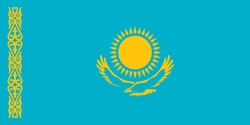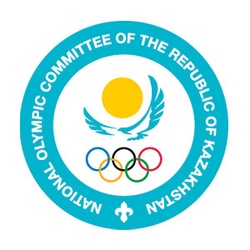Kazakhstan otherwise known as the republic of Kazakhstan is the world’s largest landlocked country surrounded by Russia, Kyrgyzstan, Turkmenistan, Uzbekistan and China.
It declared independence on 16 December 1991 from the Soviet Union.
The capital of Kazakhstan is Astana. Oil, uranium, ferrous and nonferrous metals, machinery, chemicals, grain, wool, meat and coal are all major exports of this diverse country.
Due to the large scale of the country it has a diverse terrain there are many attractions for tourists.
These include nature reserves, museums and cathedrals, architectural monuments, Tamgaly Petroglyphs Mountains and rock carvings, Charyn canyon also known as the little brother of the Grand Canyon and not to forget the only preserve in Central Asia Aksu-Dzhabagly.








